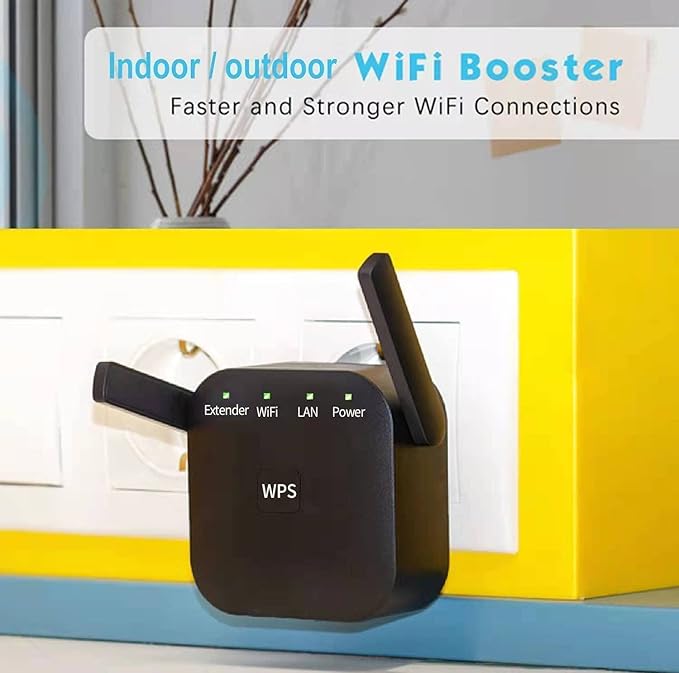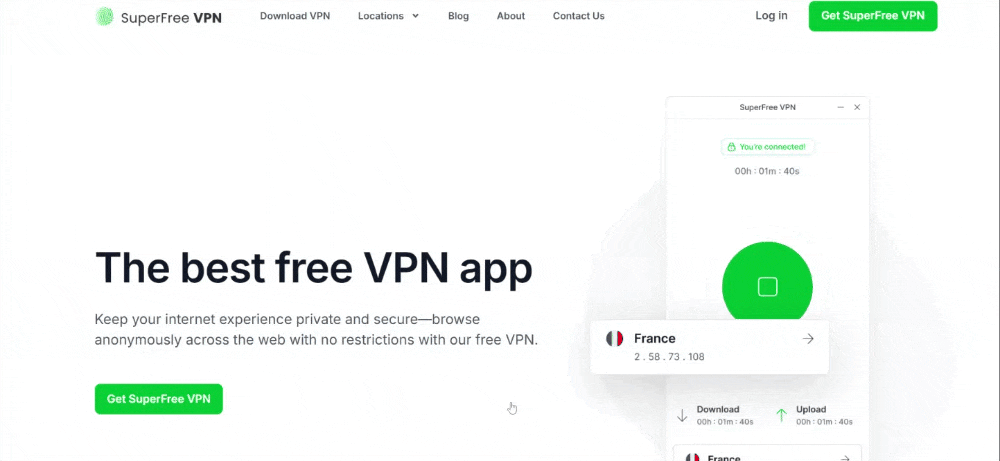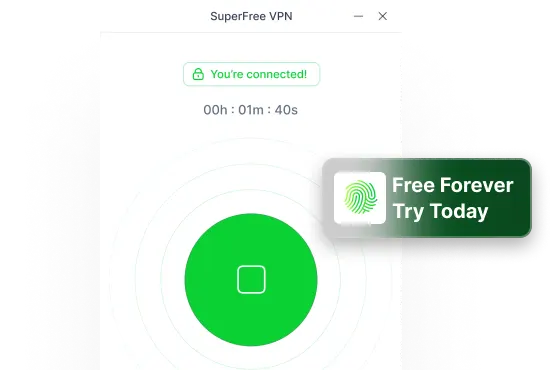These days, almost everything we do depends on the internet – whether it’s online gaming, virtual classes, or online shopping.
But what happens when:
- Your game keeps lagging?
- A slow connection stops you from submitting a form on time?
Chances are, it’s because of low internet bandwidth.
Bandwidth is how much data your internet connection can handle at once. The higher the bandwidth, the faster and smoother everything runs.
Now, you might think upgrading your internet plan is the simple fix to bandwidth issues – but that doesn’t always solve the problem.
Looking for easy ways to improve your internet bandwidth?
Keep reading to discover tips for smoother gaming, faster streaming, and a better online experience.
Best Ways to Increase Bandwidth at Home or Office
If your connection feels sluggish, there are practical ways to boost bandwidth at home or in the office – without always needing a new provider.
Let’s explore the most effective ways to increase your bandwidth:
1. Upgrade Your Internet Plan
Sometimes, your internet is just not fast enough for modern needs. If multiple people are using the connection or you’re doing data-heavy tasks, it’s time to talk to your ISP. Knowing the differences between fiber, cable, and DSL can also help you choose the right plan. Better speed often starts with the right internet type.
- Contact your Internet Service Provider (ISP) to explore faster packages
- Look for plans with higher Mbps and unlimited data options
- Choose fiber-optic internet for the best speed and stability
- Avoid DSL if you stream, game, or use smart home devices frequently
Fiber vs Cable vs DSL – What’s the Difference?
Choosing the right internet type can seriously affect your online experience. Whether you’re streaming 4K, gaming, or working from home, knowing the difference between Fiber, Cable, and DSL can help you pick the best option.
Let’s break it down by speed, reliability, and monthly cost so you can make a smart decision.
| Feature | Fiber-Optic | Cable Internet | DSL (Digital Subscriber Line) |
| Speed | Up to 1-10 Gbps (Gigabit speeds) | Up to 100-1000 Mbps | 10-100 Mbps (usually lower) |
| Reliability | Extremely reliable; unaffected by traffic | Can slow during peak hours | Slower and can be unstable |
| Best For | Streaming, gaming, large families/offices | Moderate users, small households | Light browsing, email |
| Upload Speed | Very fast (symmetrical with download) | Medium to fast (asymmetrical) | Usually slow |
| Cost (Monthly) | $50-$100+ | $40-$80 | $20-$50 |
| Availability | Growing in cities and suburbs | Widely available in most areas | Mostly available in older areas |
2. Optimize Your Router
Even a fast internet plan can feel slow if your router isn’t doing its job. Your router should be updated, properly placed, and strong enough to handle your daily usage. Upgrading to a dual-band or tri-band router can reduce congestion. Think of your router as the heart of your internet setup.
- Update your router’s firmware regularly for better performance
- Place the router in a central, open location (avoid walls and corners)
- Use dual-band or tri-band routers to separate device traffic
- Upgrade your router if it’s more than 3–5 years old
3. Limit Background Usage
Apps and devices can use your internet even when you’re not actively using them. Automatic updates, cloud syncing, or open tabs can quietly eat up bandwidth. By turning off these background users, you can make sure your internet is focused where you need it most.
- Turn off automatic software and app updates
- Pause cloud sync tools like OneDrive, Dropbox, or Google Drive
- Close tabs and apps you’re not using, especially streaming sites
- Disconnect devices that don’t need the internet
4. Use Wired Connections
Wi-Fi is easy, but it’s not always the fastest or most reliable. Wired connections are faster, more stable, and ideal for important tasks. Use an Ethernet cable when possible, especially for gaming, video calls, or large file uploads. Less Wi-Fi use means more stable connections overall.
- Use Ethernet cables for computers, game consoles, or workstations
- Wired connections reduce lag, latency, and dropped signals
- Great for online gaming, streaming, and remote work
- Save Wi-Fi for phones, tablets, and smart home devices
5. Install Wi-Fi Range Extenders or Mesh Systems
If your internet is fine in some rooms but weak in others, the problem is coverage—not speed. A Wi-Fi extender or mesh system can fix dead zones. Extenders are cheaper, but mesh systems give better, seamless coverage. Choose the right solution based on your space.

Source: Amazon
- Use Wi-Fi extenders to boost signals in specific areas
- Install mesh Wi-Fi systems for whole-home coverage
- Mesh routers like Google Nest or TP-Link Deco are top picks for 2025
- Choose mesh for homes over 2,000 sq. ft. or offices with thick walls
6. Use a VPN to Avoid Throttling

VPNs aren’t just for privacy – they can actually help with internet speed in some cases. ISPs sometimes slow down (throttle) certain activities like streaming or gaming. A good VPN hides your activity, helps avoid throttling, and can connect you to optimized, faster servers.
- Use a VPN to bypass ISP throttling and speed caps
- Reduce lag and packet loss with premium VPN servers
- Great for gamers, streamers, and remote workers
- Try [Your VPN Brand] for faster, safer, and smoother internet in 2025
How to Use a VPN – Step-by-Step
- Choose a reliable VPN provider (like SuperFree VPN)
- Download the SuperFree VPN app on your device (PC, mobile, or tablet)
- Open the app and sign in with your account details
- Select a server location (nearby for speed, or another country for access)
- Tap “Connect” to turn on the SuperFree VPN
- Once connected, your internet is encrypted and private
Why Superfree VPN Is the best VPN in 2025?

If you’re just starting out and don’t want to spend money right away, Superfree VPN is a smart pick. It’s free to use, works on phones and laptops. Have a look at its features:
| Feature | Why It’s the best |
| Completely Free | ✅ No charges for using the service. |
| Super Fast | ✅ Enjoy a fast, reliable connection to any server |
| User-Friendly | ✅ Easy to set up and connect instantly. |
| Multiple Servers | ✅ Choose from 23+ countries. |
| Secure & Private | ✅ Keeps your online activity safe and anonymous. |
| Ads | ✅ No Ads |
How to Increase Bandwidth for Gaming & Streaming
If you love playing games or watching videos without annoying lag or buffering, having good internet speed is super important. The cool thing is, your router actually has some tricks to help make sure your games and streams get the most speed when you need it.
Here’s how you can make your internet work better for gaming and streaming.
A. Turn on Game Mode or QoS:
Some routers have a special “Game Mode” or something called QoS that lets your router give priority to your gaming console or favorite apps so they run smoother.
B. Give Priority to Your Devices:
You can tell your router to focus more speed on devices like your Xbox, PlayStation, or apps like Twitch and Netflix by changing settings in the router.
C. Pick the Right Streaming Quality:
If your video keeps buffering, try lowering the quality a bit (like 720p instead of 4K). Also, using a cable instead of Wi-Fi can help.
D. Stop Other Stuff From Using Internet:
Make sure no big downloads or updates are running while you game or watch, so all the speed goes to you.
How to Check Your Current Bandwidth
Testing your internet speed helps you understand how fast your connection really is compared to what your Internet Service Provider (ISP) promises.
The table below summarizes the key steps to test and evaluate your bandwidth effectively.
| Steps | What to Do | Tips |
| Choose a Speed Test | Use tools like Speedtest.net, Fast.com, or Google Speed Test | Use a trusted, reliable site |
| Prepare for Test | Connect via Ethernet or stay close to your router | Pause downloads and streaming |
| Run the Test | Click “Go” or “Start” and wait for results | Run multiple tests at different times |
| Understand Speeds | Download = data coming in; Upload = data going out | Upload speed matters for video calls/uploads |
| Compare with ISP Plan | Check your internet plan’s promised speeds | Contact ISP if speeds are much lower |
One of the most user-friendly sites for checking your internet speed is Speedtest – it reveals your upload and download speed with just a single click.

Source: Speedtest by Ookla
Final Words
Increasing your bandwidth doesn’t have to be hard. By checking your current internet speed, upgrading your plan if needed, and making small changes like optimizing your router or using wired connections, you can get faster, smoother internet.
Don’t forget to use features like game mode or QoS to give priority to your important apps. And if you want extra security and sometimes better speed, try using a VPN too.
Follow these easy tips, and your internet will keep up with all your streaming, gaming, and work-from-home needs without slowing down












